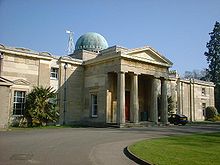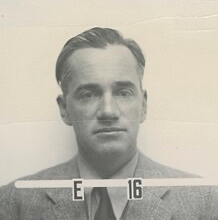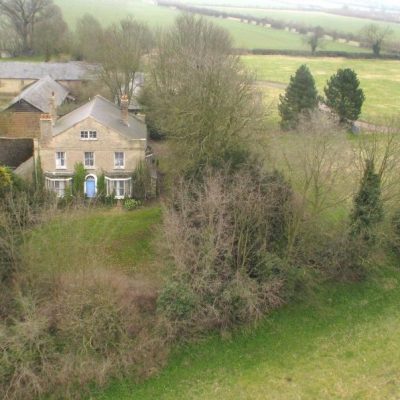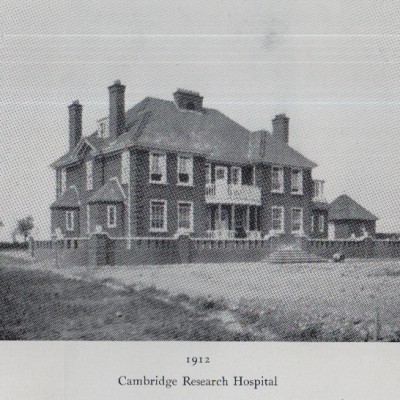Search by topic
- archaeology
- architecture
- bricklayer
- Building of Local Interest
- carpenter
- church
- crime
- dressmaker
- fire
- Great Eastern Railway
- listed building
- medieval
- oral history
- Public House
- Rattee & Kett
- Religious House
- Roman
- scholar
- school
- Then and Now
- tudor
- women
- work
- world war one
- world war two
Search by text
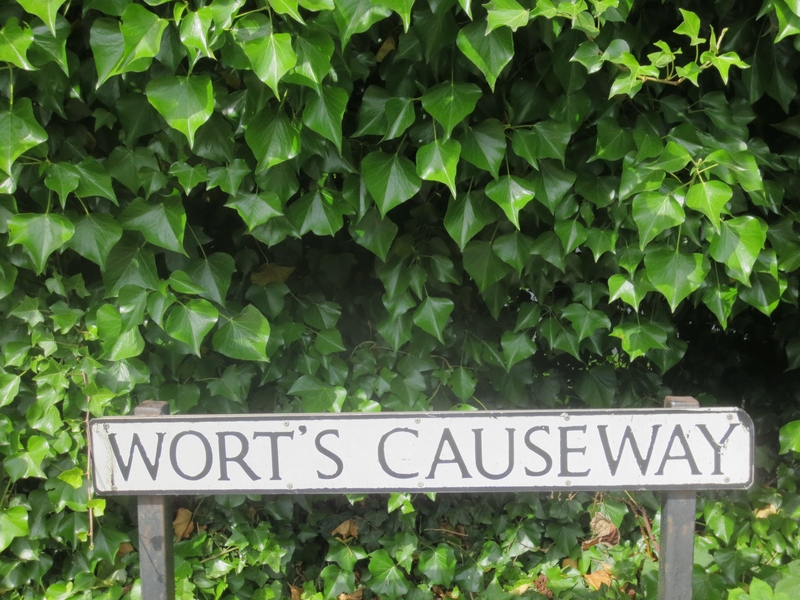
Worts’ Causeway
Notes on the history of Worts' Causeway, Cambridge
The Iron Age fort above Limekiln Road was probably built to control the prehistoric track-way which ran north-westwards between Haverhill and Cambridge. In Roman times its surface was metalled. In the 13th century it was known as Wulves Street but also as Via Devana by 19th century antiquarians. It traditionally marked the southern boundary of the parish of Hinton.
In 1709 William Worts’ will gave money, £1500, to divert the route onto lower ground; the new road completed in 1733 was renamed Wort’s Causeway.
An article about the Roman road and his link with Worts’ Causeway can be found here:
The milestone along the road is a listed monument:
http://www.imagesofengland.org.uk/details/default.aspx?id=47896
The 1920 map of Cambridge shows the Cambridge Research Hospital at the western end of the road. Just to the east is the Red Cross Nursery, opposite the entrance drive to Netherhall Farm. Interestingly the name Worts’ Causeway on this map is also applied to the stretch of road between the current junction with Babraham Road and the junction of Queen Edith’s Way. The name Via Devana still appears on the map.
Contribute
Do you have any information about the people or places in this article? If so, then please let us know using the Contact page or by emailing capturingcambridge@
License
This work is licensed under CC BY-NC-SA 4.0










